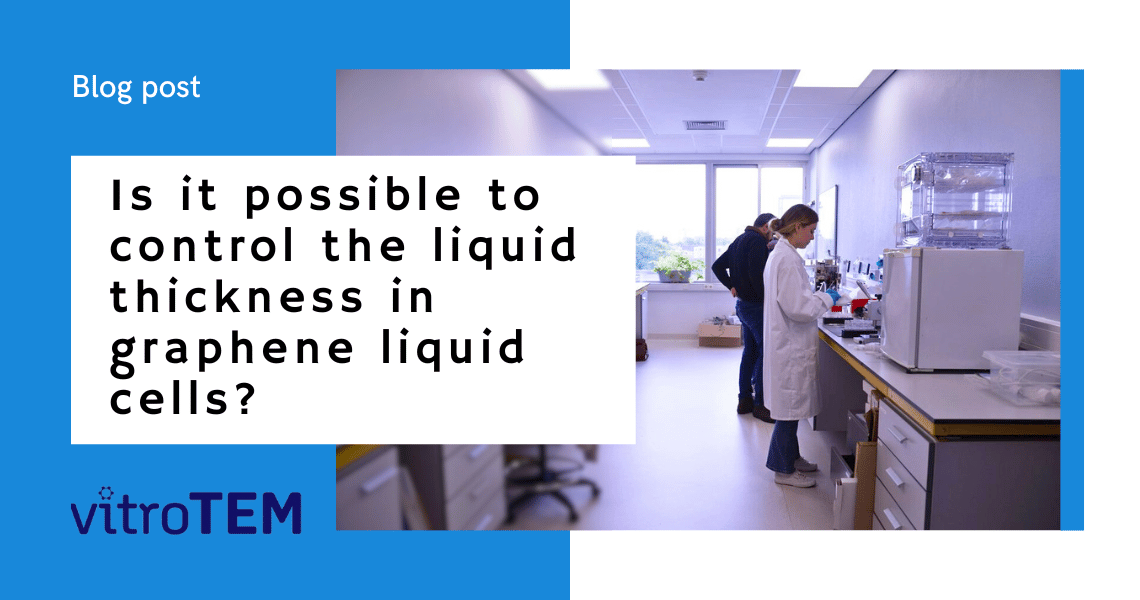
As scientists delve deeper into the realm of high-resolution imaging techniques, the question of controlling liquid thickness in graphene liquid cells (GLCs) has remained a significant challenge. However, there is a breakthrough solution that brings hope to researchers seeking precise control in their experiments. Vitrotem, a pioneer in cutting-edge TEM technology, introduces Naiad-1, a state-of-the-art
read more




